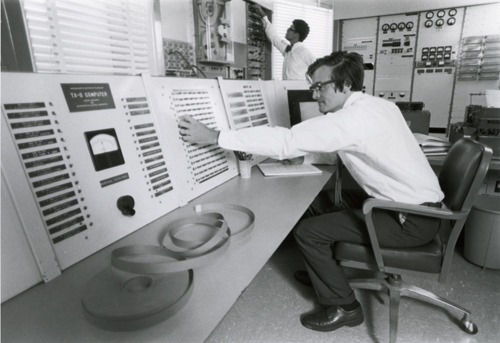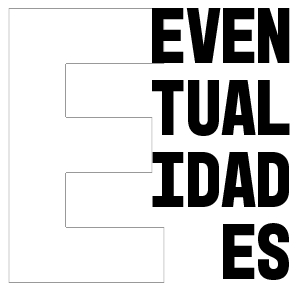
One day a former TMRC member who was now on the MIT faculty paid a visit to the clubroom. His name was Jack Dennis. When he had been an undergraduate in the early 1950s, he had worked furiously underneath the layout. Dennis lately had been working a computer which MIT had just received from Lincoln Lab, a military development laboratory affiliated with the Institute. The computer was called the TX-0, and it was one of the first transistor-run computers in the world. Lincoln Lab had used it specifically to test a giant computer called the TX-2, which had
a memory so complex that only with this specially built little brother could its ills be capably diagnosed. Now that its original job was over, the three-million-dollar TX-0 had been shipped over to the Institute on “long-term loan,” and apparently no one at Lincoln Lab had marked a calendar with a return date. Dennis asked the S&P people at TMRC whether they would like to see it.
Hey you nuns! Would you like to meet the Pope?
The TX-0 was in Building 26, in the second-floor Radio Laboratory of Electronics (RLE), directly above the first-floor Computation Center which housed the hulking IBM 704. The RLE lab resembled the control room of an antique spaceship. The TX-0, or Tixo, as it was sometimes called, was for its time a midget machine, since it was one of the first computers to use finger-size transistors instead of hand-size vacuum tubes. Still, it took up much of the room, along with its fifteen tons of supporting air-conditioning equipment. The TX-O’s workings were mounted on several tall, thin chassis, like rugged metal bookshelves, with tangled wires and neat little rows of tiny, bottle-like containers in which the transistors were inserted. Another rack had a solid metal front speckled with grim-looking gauges. Facing the racks was an L-shaped console, the control panel of this H. G. Wells spaceship, with a blue countertop for your elbows and papers. On the short arm of the L stood a Flexowriter, which resembled a typewriter converted for tank warfare, its bottom anchored in a military gray housing. Above the top were the control panels, boxlike protrusions painted an institutional yellow. On the sides of the boxes which faced the user were a few gauges, several lines of quarter-inch blinking lights, a matrix of steel toggle switches the size of large grains of rice, and, best of all, an actual cathode ray tube display, round and smoke-gray.
trecho de Hackers – Heroes of the Computer Revolution, de Stephen Lévy

